Helping Students Thrive Despite Anxiety
We’ve all felt the “Sunday Scaries” – that creeping anxiety as the weekend winds down and the responsibilities of the coming week loom large. For...
4 min read
 Ryan Weiland
:
October 31, 2024
Ryan Weiland
:
October 31, 2024
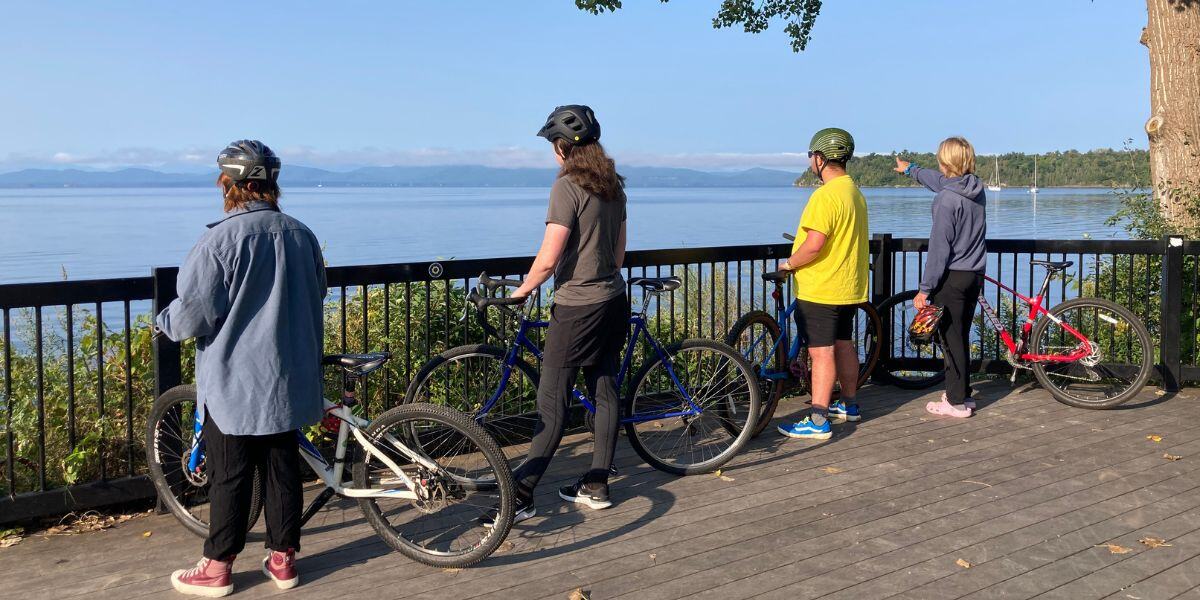
By the time many teens reach high school, they may have been alienated by PE classes that are not tailored to their interests, sports teams that are overly competitive, or environments without many options for outdoor activities. These common barriers often leave teens feeling disconnected from physical activity. Encouraging teens to exercise in ways that resonate can be transformative, helping them discover the joy and benefits of physical movement in their own unique ways.
At a time when screens can dominate our daily lives, supporting teens in staying physically active is more important than ever. Physical activity boosts physical and mental health, improves academic performance, and builds essential life skills. The American Heart Association recommends adolescents engage in at least 60 minutes of moderate to vigorous physical activity per day, and according to the CDC, fewer than one-third of teens are reaching that goal. Schoolwork can be time-consuming, and much socializing can be done online, leaving little time for personal fitness. Motivating teenagers to exercise regularly requires a thoughtful approach, acknowledging their unique needs and interests.
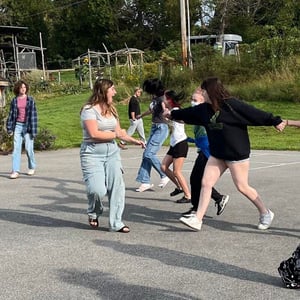
The first step in encouraging physical activity is to help teens view it as a source of enjoyment rather than a chore. This can mean exploring a variety of activities that match their interests—whether it’s dancing, hiking, biking, or simply taking a walk with friends. By offering choices emphasizing fun and connection over competition, adults can create an inviting environment where teens feel more open to joining and trying new activities. When teens experience moving their bodies in enjoyable ways, they’re more likely to continue being active. Encourage them to explore various activities to find what they truly appreciate. At Rock Point School, students participate in PE during the week and are given activity choices. This means on any given day, a student can go for a group walk in the woods, bike on the Burlington bike path, or play a game with peers. Staff members bring in variety by reinvigorating playground games like foursquare or the ever-popular pickleball. By focusing on enjoyment rather than on-field victories or fitness goals, teens are more likely to feel welcome to join in a game or activity.
2. Setting an Example by Staying Active
Teens are keen observers and often take cues from the adults around them. You set a powerful example by demonstrating a commitment to physical activity as part of your self care, but also as a part of a balanced and fun life. Many of our staff members bring their unique interests into school to share with students. For example, our History teacher led a fencing elective class while another taught a dance elective. In the dorm, our staff members share their interests in outdoor activities like hiking, rock climbing, canoeing and indoor activities like yoga. It also can help inspire your teen to try something new if you learn a sport together. In the winter, staff and students can learn (or relearn) how to snowboard and ski together. Teens need to view exercise as a valuable and pleasurable part of life.
3. Encourage Social Engagement
Social interaction can be a significant motivator for teens. The social aspect of these activities can make them more appealing and foster a sense of community. One way to do this is by creating a “no judgment” zone around sports or physical activity. Some of our more athletic students are happy to encourage other students to join their games or activities and even offer informal coaching or tips. While competition can be exciting, emphasizing sportsmanship, teamwork, camaraderie, and fun makes more students willing to try a new activity. Facilitating informal activities, such as group walks with friends or weekend pick-up basketball games is a great way to incorporate more physical activity while socializing.
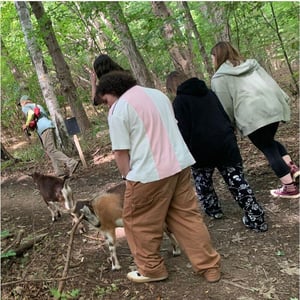
Schools and families want to encourage a balanced approach to physical activity for teens by incorporating a variety of exercises. Many teens burn out or get injured when doing the same activity or sport for hours a day all year long. Providing options promoting using different muscles and skills helps young people stay engaged and healthy. On a winter weekend at Rock Point School, students might have the option to ski or snowboard, go rock climbing, and/or have a dance party. Whatever students want to try, we want to provide the opportunity for them to do it!
Motivating teens to be physically active involves a combination of positive reinforcement, practical strategies, and personal support. By making physical activity enjoyable, integrating it into daily life, and addressing potential barriers, we can help teens develop healthy habits that will benefit them physically, mentally, and socially for years to come. The goal is to instill a lifelong appreciation for physical activity, setting the stage for a healthier and more fulfilling life.
Exercise and Teenagers - University of Rochester
Physical activity for kids and teens - (with videos) Government of Australia
Physical Activity Guidelines for School-Aged Children and Adolescents - CDC
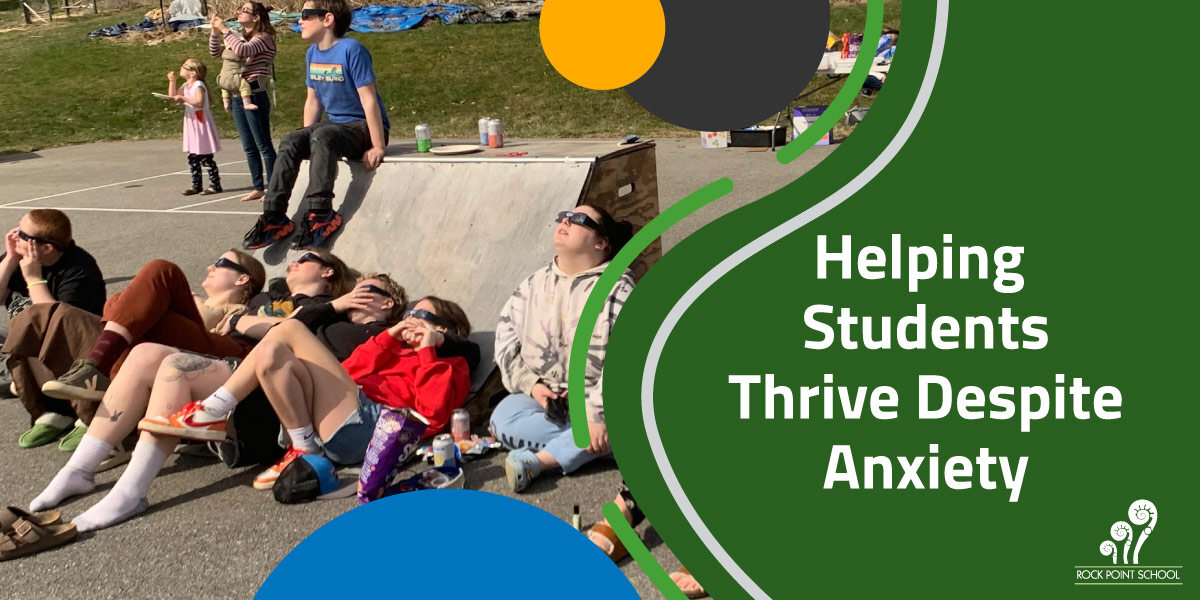
We’ve all felt the “Sunday Scaries” – that creeping anxiety as the weekend winds down and the responsibilities of the coming week loom large. For...
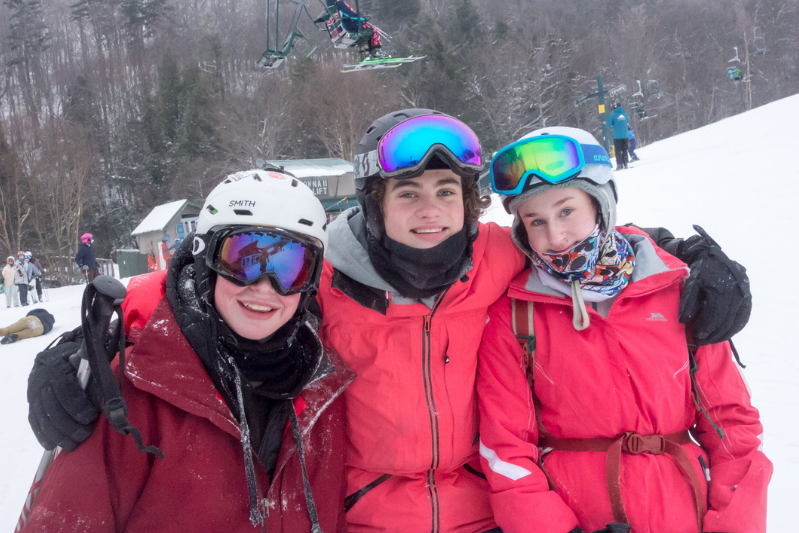
As temperatures drop, and the days grow darker, it can be a challenge to keep young people busy and engaged in healthy activities. Without the...

When I tell people I’m the Head of a high school, I often get the response “Wow! It must be hard working with teenagers.” As a culture, we tend to...

As the bounty in our garden grows, I have been reflecting on our summer program. It was such a sincere pleasure to see our students working hard in...